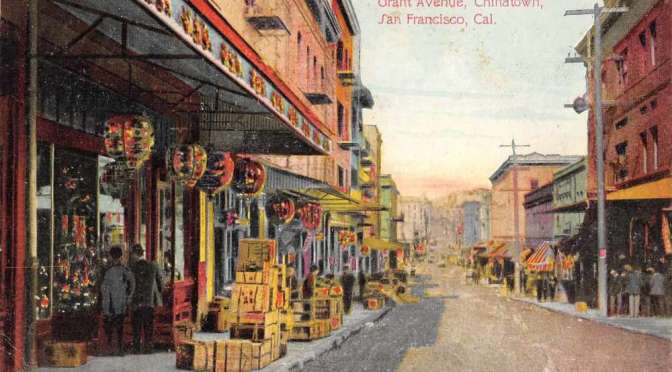
The Monterey Jazz Festival is now in its 66th year, making it the second longest running music festival in the country after the Newport Jazz Festival. It’s been world-class since its founding in 1958, attracting marquee jazz musicians and fans from around the country. And it’s right in the Bay Area’s backyard. As the jazz genre has waned in popularity, so has the festival, but if you want to hear master musicians at the top of their art, this is it,
So how does the three-day event compare with our other top Bay Area music festivals (Outside Lands, Bottle Rock, Hardly Strictly Bluegrass)?
For starters, the weather is basically the same between San Francisco’s Golden Gate Park and the Monterey County Fairgrounds where the jazz fest is held. It’s why late summer/early fall is primetime for outdoor concerts in both places, with a negligible chance of rain and the best and warmest weather all year. That was certainly the case in Monterey this past weekend for the event – sunny, warmish days and cool nights. Ideal.
The venues are similar. I love seeing a concert in the sprawling nature of Golden Gate Park, but the Monterey Fairgrounds is a pretty ideal venue for an outdoor festival too. What it lacks in open space it makes up for with actual infrastructure and facilities, like bathrooms, kitchens for food service and permanent stalls for vendors.
There’s a county fair vibe here (it was built for that), exemplified in the main concert arena. Instead of fanning out, like the Greek Theater in Berkeley, it’s long and narrow with a stage at one end, open grassy area at the other, folding chairs in the center, and grandstand seating (15 or so rows of wood/concrete bleachers) on either side. I assume it was built as much or more for livestock shows (Monterey County is farm country afterall) than a performing arts venue. You lose a little intimacy if you’re in the back, but outdoor venues will have perfect acoustics, so this works just fine.
Everyone enters the fairgrounds through a ticket gate, passing through security. (It was kind of humorous to see security guards wanding 60-year-old jazz fans who may be the least likely type to carry contraband.) Just inside, a stage was set up to the right for smaller acts, in this case a piano jazz artist who had regular sets there throughout the day, with folding chairs on the lawn in front. Adjacent to that were food vendor tents and trucks and a beer/alcohol tent. It was a nice array of food offerings, from Jamaican and Ghanian to Sactown chicken, vegan and Mediterranean. A nice variation from the usual suspects. There were many non-food vendors as well, so many it almost it felt almost like a flea market or street fair had broken out.
Other than the main stage arena, which was packed for headliners Herbie Hancock, Terrence Blanchard and Dianne Reeves, the other three stages were poorly attended, with a smattering of people sitting among lawn chairs or temporary bleachers. They looked sad and neglected, and under-promoted. And while the performers were certainly talented, they weren’t names even jazz fans would recognize (music school students, up-and-comers, b-listers), which may be part of the reason. But it was also apparent everyone was there to see the main event.
Comparing it to the hugely popular New Orleans Jazz & Heritage Festival, which may not be totally fair, the Monterey Jazzfest is a fraction of the size and energy. And while they expanded it decades ago to include blues and even rock acts, the lineup this weekend was almost exclusively jazz, with a jazzy R & B act I passed by playing a cover of Purple Rain. There’s an opportunity here to pull in some bigger jazz names to fill out the smaller stages, as well as jazz adjacent acts from other genres. Make it a Festival with a capital F, bring in younger fans, and make it a FOMO event, and not just for pure jazz fans. At this point, even the San Jose Jazz Festival has a better, more modern/progressive lineup.
But hey, even if I was underwhelmed by the music setup, it was still well organized and a very pleasant and enjoyable evening, and an excuse to visit beautiful Monterey. Will I go again? I’ll be watching to see what the newly hired director does.









